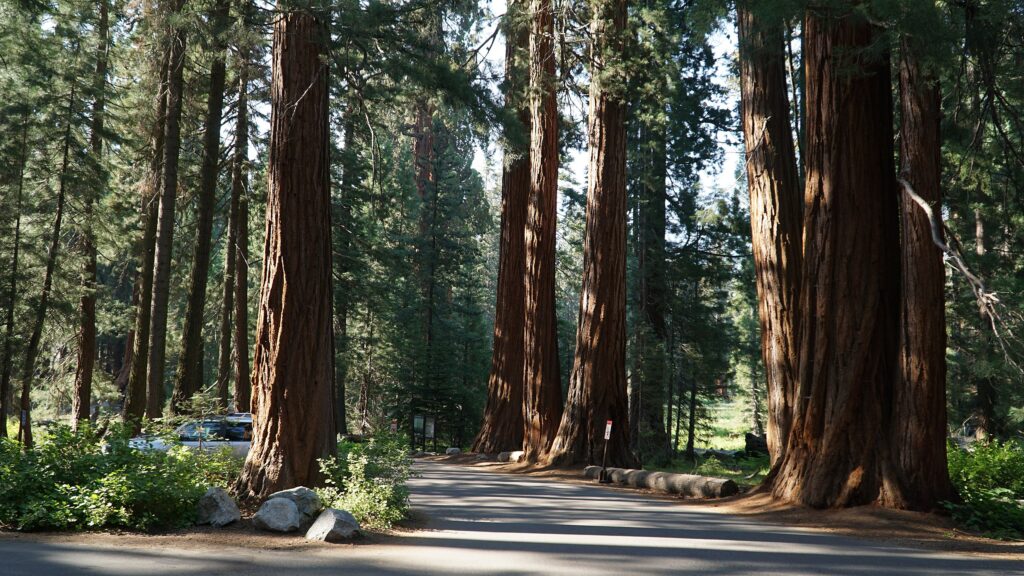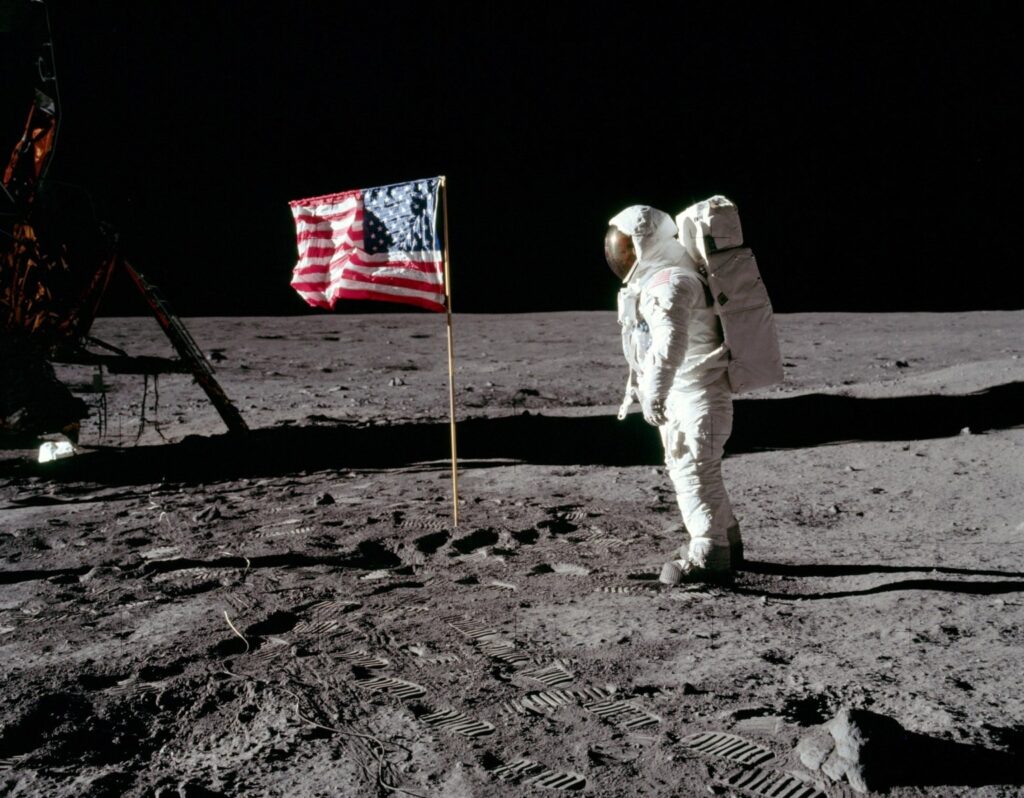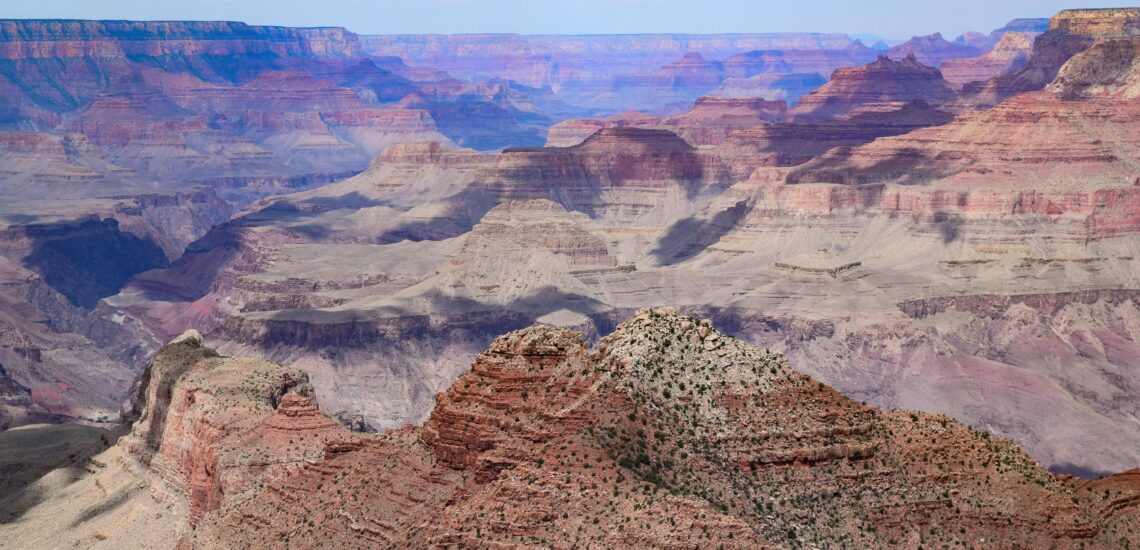Quick facts about USA:
- Population: Approximately 333 million people.
- Capital: Washington, D.C.
- Official Language: None at the federal level, but English is the most widely spoken language.
- Currency: United States Dollar (USD).
- Government: Federal presidential constitutional republic.
- Major Religion: Christianity, with a diverse range of denominations including Protestantism, Catholicism, and other faiths.
- Geography: Located in North America, bordered by Canada to the north and Mexico to the south, with the Atlantic Ocean to the east and the Pacific Ocean to the west.
Fact 1: The design of the U.S. flag varied depending on the number of states
The U.S. flag, often referred to as the “Stars and Stripes,” features a field of 13 alternating red and white stripes representing the original 13 colonies that declared independence from Great Britain in 1776. In the upper left corner, or canton, there is a blue field, known as the union, containing a varying number of white stars, each representing a state in the Union.
As the United States expanded territorially and admitted new states to the Union, the number of stars on the flag increased accordingly. The design of the flag was standardized by Executive Order of President William Howard Taft on June 24, 1912, specifying that the stars be arranged in rows and staggered in such a way that they create a symmetrical pattern. The current flag design with 50 stars representing the 50 states has been in use since July 4, 1960, following the admission of Hawaii as the 50th state.
Prior to 1912, there were variations in the arrangement of stars on the flag as new states were admitted. For example, during the Civil War era, the flag designs could feature configurations with stars arranged in circles, rows, or other patterns. However, since the issuance of the standardization order in 1912, the design of the U.S. flag has remained consistent, with stars arranged in horizontal rows.

Fact 2: The U.S. has yet to adopt the metric system of measurement
The United States primarily uses the customary system of measurement, which includes units such as inches, feet, pounds, and gallons, for everyday purposes such as commerce, construction, and transportation. However, the metric system, which uses units such as meters, kilograms, and liters, is commonly employed in scientific, medical, and international contexts.
Efforts to promote metrication, or the adoption of the metric system, in the United States have been ongoing for decades. In 1975, the Metric Conversion Act was signed into law, aiming to encourage the voluntary adoption of the metric system in the U.S. However, progress toward metrication has been slow and inconsistent, and the customary system remains prevalent in many aspects of American life.
As a result, the United States continues to be one of the few countries globally that has not fully transitioned to the metric system as its primary system of measurement.
Fact 3: Because of its size, the U.S. has many climate zones
The United States is the third-largest country in the world by land area, spanning a wide range of latitudes and longitudinal extents. As a result, it experiences a variety of climates, from arctic conditions in Alaska to tropical climates in Hawaii and the southernmost regions of Florida. Some of the primary climate zones found in the contiguous United States include:
- Temperate Continental: This climate zone covers much of the central and eastern portions of the country, characterized by four distinct seasons with warm to hot summers and cold winters. Cities like New York, Chicago, and Minneapolis fall within this zone.
- Humid Subtropical: Found in the southeastern United States, this climate zone features hot, humid summers and mild winters with abundant rainfall throughout the year. Cities such as Atlanta, New Orleans, and Miami experience this climate.
- Mediterranean: Located along the West Coast, from California to parts of Oregon and Washington, this climate zone is characterized by dry, warm summers and mild, wet winters. Cities like Los Angeles, San Francisco, and San Diego fall within this zone.
- Arid and Semi-Arid: These climate zones cover large portions of the western United States, including parts of the Great Basin, the Southwest, and the Rocky Mountains. They are characterized by low precipitation, high temperatures, and wide temperature variations between day and night. Cities such as Phoenix, Las Vegas, and Albuquerque experience arid or semi-arid climates.
- Continental: This climate zone encompasses the northern Great Plains and the Upper Midwest, characterized by cold winters with heavy snowfall and warm to hot summers. Cities like Minneapolis, Denver, and Fargo experience continental climates.

Fact 4: California and Texas have larger economies than most of the country
California’s economy ranks as the fifth-largest in the world, with a Gross Domestic Product (GDP) of over $3 trillion. The state’s diverse industries include technology, entertainment, agriculture, manufacturing, and tourism. Texas follows closely behind, with an economy that ranks ninth globally and a GDP exceeding $1.7 trillion. Key sectors in Texas include energy, manufacturing, healthcare, technology, and agriculture. Together, these two states contribute significantly to the economic strength of the United States, driving innovation, job creation, and growth on a national scale.
Fact 5: The highest mountain in North America is located in Alaska
Mount Denali is the tallest peak in North America, with an elevation of 20,310 feet (6,190 meters) above sea level. It is situated in the Alaska Range within Denali National Park and Preserve, approximately 240 miles (386 kilometers) north of Anchorage, Alaska’s largest city. Mount Denali is a prominent feature of the Alaskan landscape and is renowned for its challenging climbing routes and stunning natural beauty. It attracts climbers and outdoor enthusiasts from around the world seeking to summit its lofty peak and experience the rugged wilderness of Alaska.

Fact 6: The legal drinking age in the USA is 21 years old
In the United States, the legal drinking age is set at 21 years old by federal law. This means that individuals must be at least 21 years of age to purchase and consume alcoholic beverages.
There’s also a high age threshold for car rentals here in most states.This age requirement is based on statistical data that suggests younger drivers, particularly those under 25, are more likely to be involved in car accidents. However, some rental agencies may allow individuals between the ages of 21 and 24 to rent a car, but they may be subject to additional fees or restrictions, such as higher rental rates or mandatory insurance coverage.
Note: Also check that you may need an International Driver’s License in the US. You can read about getting an International Driving Permit here, but it is better to get one in the country where you got your driver’s license.
Fact 7: There are more than 400 national parks and over 2,000 other protected areas in the United States
The United States is home to a vast and diverse system of protected areas, including national parks, national forests, national monuments, wildlife refuges, wilderness areas, and more. As of the most recent data, there are over 400 units within the National Park System, which includes national parks, monuments, historic sites, recreation areas, and other designations managed by the National Park Service.
In addition to national parks, there are thousands of other protected areas across the country, including state parks, conservation areas, wildlife management areas, and local parks. These areas play a crucial role in preserving biodiversity, protecting natural and cultural resources, and providing recreational opportunities for visitors.

Fact 8: The majority of the U.S. population does reside along the east and west coasts
The east and west coasts of the United States are home to some of the country’s most densely populated regions. On the East Coast, major metropolitan areas such as New York City, Boston, Philadelphia, and Miami attract large populations. Similarly, the West Coast, particularly in states like California and Washington, is characterized by bustling cities like Los Angeles, San Francisco, Seattle, and San Diego.
This concentration of population along the coasts is influenced by various factors, including historical settlement patterns, economic opportunities, transportation infrastructure, and geographic features. Coastal areas often offer access to ports, trade routes, and coastal amenities, making them attractive places to live and work.
Fact 9: Americans are still the only people who have been on the moon
The United States’ Apollo program, particularly the Apollo 11 mission, made history on July 20, 1969, when astronauts Neil Armstrong and Edwin “Buzz” Aldrin became the first humans to set foot on the lunar surface. Armstrong famously uttered the words, “That’s one small step for [a] man, one giant leap for mankind,” as he descended the ladder of the lunar module onto the surface of the moon.
Subsequently, five more Apollo missions (Apollos 12, 14, 15, 16, and 17) successfully landed astronauts on the moon between 1969 and 1972. In total, twelve astronauts, all Americans, have walked on the moon during these missions.
No other country or space agency has successfully landed astronauts on the moon since the Apollo program. However, there have been efforts and plans by various countries, including the United States, to return astronauts to the moon in the near future as part of exploration and scientific missions.

Fact 10: There are a large number of indigenous peoples in the U.S.
Prior to European colonization, the area now known as the United States was inhabited by a wide variety of indigenous peoples, each with its own unique cultures, languages, and traditions. These indigenous groups included, among others, the Navajo, Cherokee, Sioux, Apache, Iroquois, and Choctaw, as well as numerous smaller tribes and bands.
Today, there are over 570 federally recognized tribes in the United States, each with its own sovereign government and distinct cultural heritage. Additionally, there are state-recognized tribes and other indigenous communities that may not have federal recognition. These indigenous peoples continue to play important roles in the cultural, social, and political life of the United States, and efforts to preserve and revitalize their cultures and languages are ongoing.
It’s worth noting that the indigenous population of the United States suffered greatly due to disease, displacement, and violence following European contact, resulting in significant population declines. However, many indigenous communities have persevered and continue to maintain their cultural identities and traditional lifeways.

Published April 27, 2024 • 9m to read





